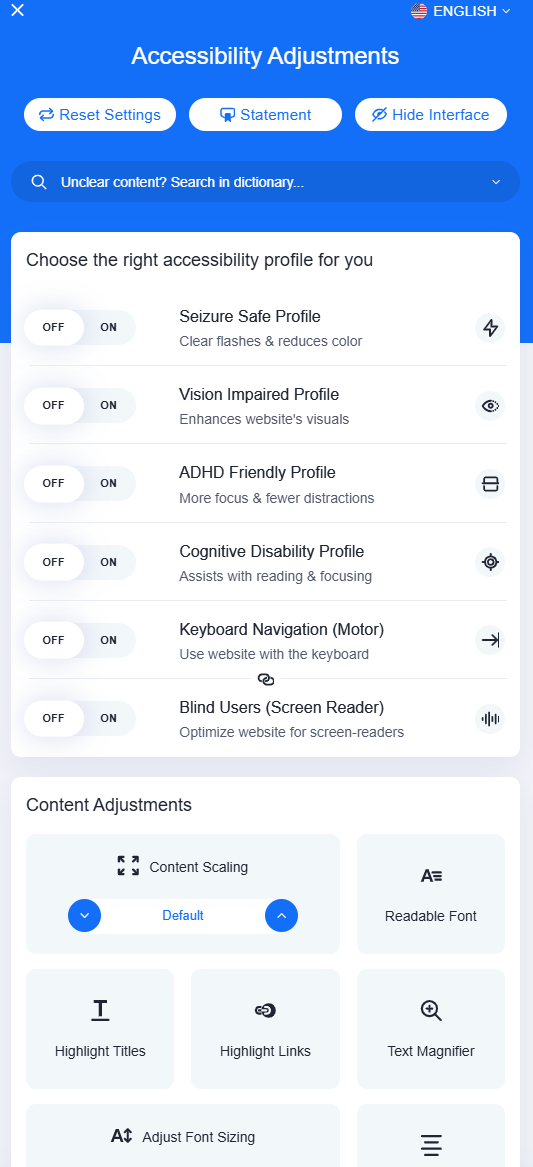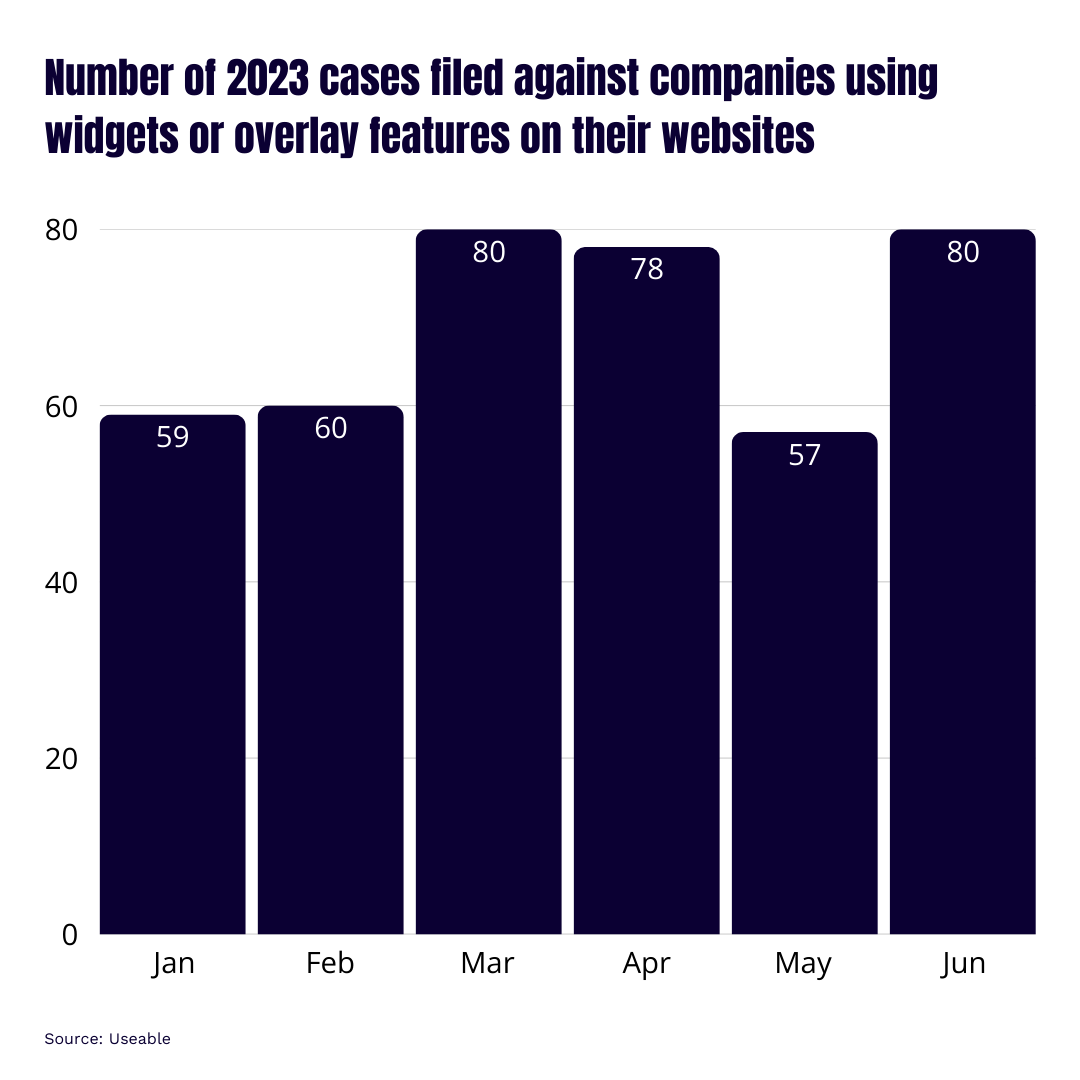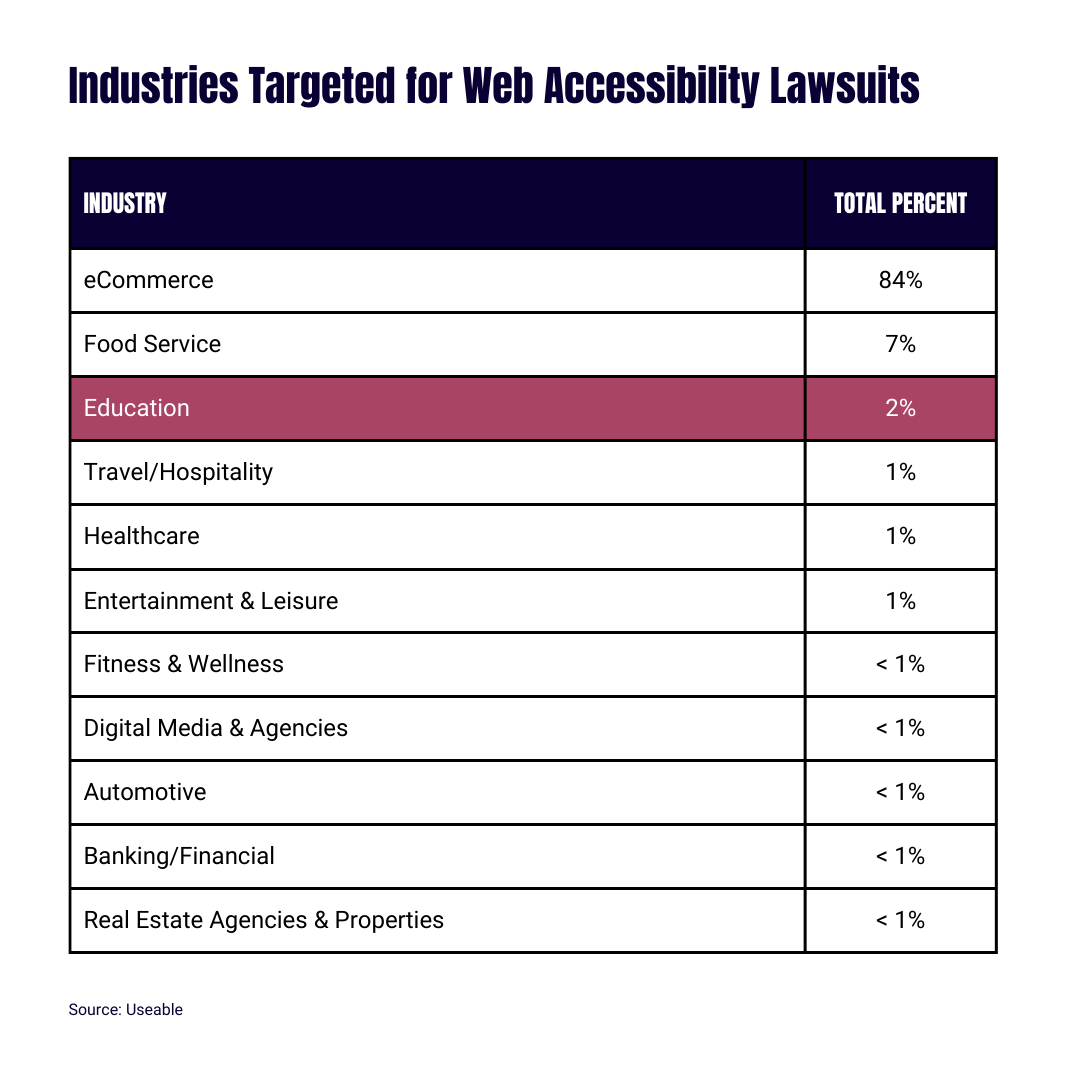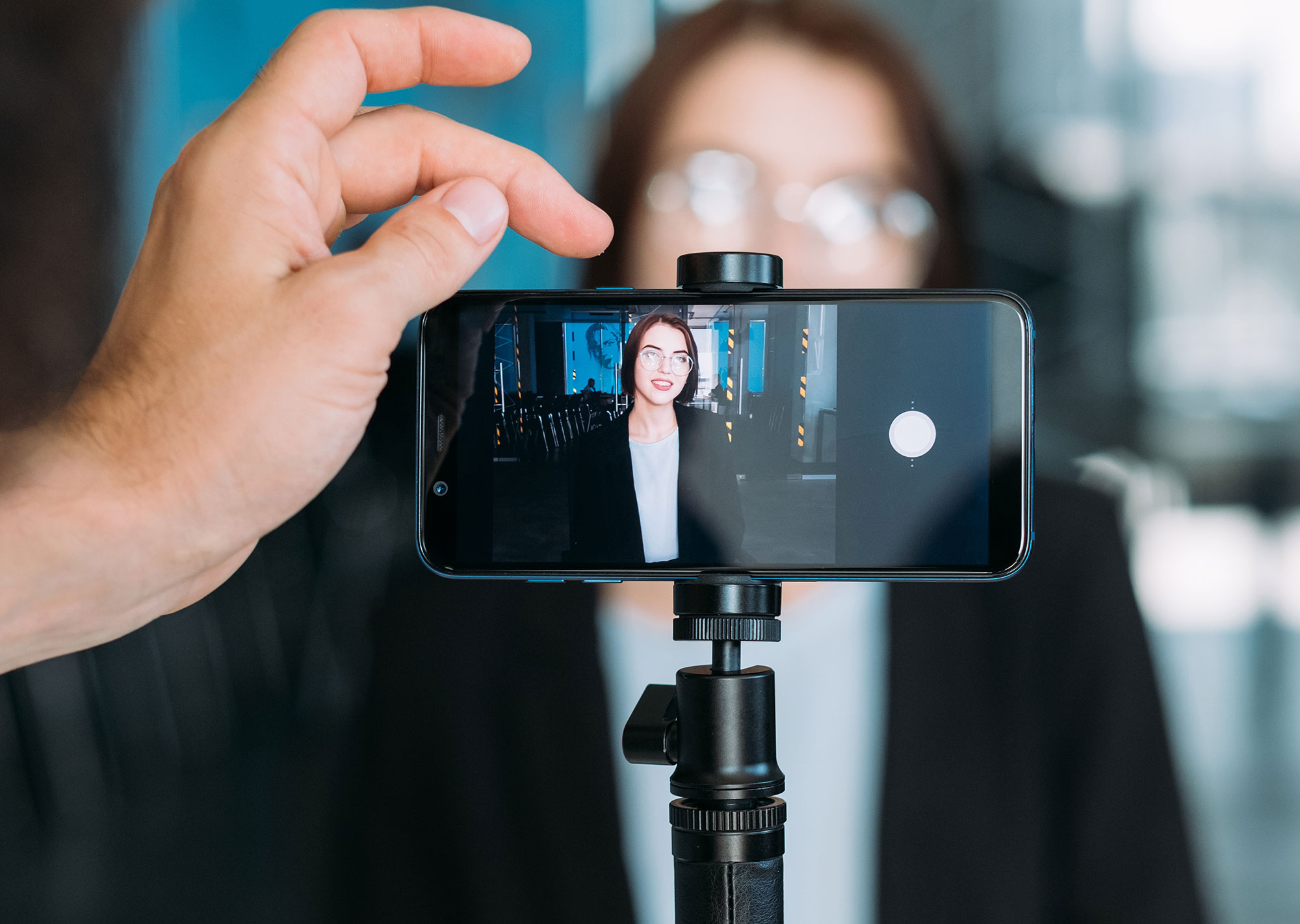Your university website must conform to WCAG standards, so you opt for an automated option. It’s faster than having someone rebuild your website correctly, but it costs a subscription payment monthly or annually. Still, it feels like it will cost you less than having some custom work done and your website being accessible automatically.
Cool, right?
Yea, no, they lied to you.
Let’s break down the dangers of relying on a web accessibility overlay.
Table of Contents
The FTC Ruling Against AccessiBe
There has been a lot in the news since the first of the year, so I won’t be surprised if you tell me you missed this FTC note.
In a new ruling, they’ve ordered software provider accessiBe (one of the leading web accessibility services) to pay a $1 million fine for deceptive practices.
What AccessiBe Claims to Do
If you haven’t come across accessiBe in your web accessibility research, they claim to have invented an AI overlay software that automatically makes your website WCAG compliant.
Their big promise is that if you install their software onto your website, you don’t have to write any new code or make any changes to your website at all. Their “AI-powered” tool called accessWidget would go in and fix everything for you.
This claim has been repeated not just by accessiBe, but a ton of other companies that provide these overlay services.
(I’ll avoid going on a rant that supposed AI-powered tools are not AI, but most of these companies claim to use AI to make the necessary changes to your website.)
Why the FTC Got Involved
In the US, you cannot make promises to your customers that are false or misleading, especially within your advertising.
That’s precisely what accessiBe was doing when they claimed that their overlay widget would make websites compliant.
According to the FTC ruling against accessiBe, the company overstated the product’s AI and capabilities to make a website WCAG complaint. The FTC found that the company’s widget was not making all their customers’ websites compliant and was engaging in deceptive marketing practices to bolster the false claims.
The FTC also found that accessiBe was formatting third-party articles and reviews to “appear as if they were independent opinions by impartial authors.”
In short, accessiBe was found to be lying about the effectiveness of their product and engaging in deceptive marketing practices to hide the fact.
Why You’d Use an Overlay
At this point, you might be asking yourself why anyone would use an overlay service like accessiBe in the first place.
I’ll be completely blunt – it’s a shortcut many stakeholders believe will solve a problem, and they can tie a nice little bow on the issue.
However, many companies and educational institutions think an overlay will do what it says. They want a cost-effective solution to providing an accessible website experience, and an overlay promises to do that. Even better – it can be done within a few clicks!
Overlays are also nice because they allow users to control the settings they might need/want while they browse your website without making changes for everyone using your website.

Screenshot of accessiBe options on a website
There’s a misunderstanding that making some changes to your website for those who need them will somehow impair the user experience of “everyone else.” That’s not the case – what you do to improve for the 1% helps the 99%.
Overlay Companies Get Sued, Anyway
I know that a lot of my clients care about web accessibility for the right reasons, but there’s still a lot that are very aware that they need to improve their website to prevent being sued.
Lawsuits filed against companies for inaccessible websites were on the rise in 2023. Your business or institution doesn’t have to be headquartered in the same state as those filing suit. That means your Illinois-based business can be targeted in a California suit.
I’ve spoken to many companies that believe having an accessibility overlay will prevent these lawsuits because it automatically improves your accessibility, right?
According to Useable’s mid-year report, 30% of all lawsuits in 2023 were brought against companies that were using overlays. That’s a 60% increase from 2022.

It’s not a protection against legal action, is it?
Also important to note, educational institutions are the 3rd-most targeted industry for web accessibility lawsuits.

Creating Actual Accessible Websites
What can you do as a marketing director to ensure your website is accessible to everyone?
You need to take a few steps. The reality is that depending on how your website was built, it might need to be entirely redone to make it WCAG-compliant.
However, you can take action now to improve your accessibility and create an accessibility plan (which can protect your institution against lawsuits).
Simple Steps to Improve Web Accessibility
You can do a lot to improve your website through the editor and by creating accessible content as a part of your overall marketing processes.
Start by adding ALT descriptions to every image on your website, and then make sure every video you produce has captions for narration.
From there, you can improve your color combinations (this is incredibly overlooked with social media graphics) or adjust your copy.
Invest in True Web Accessibility
By ensuring your content is accessible, you will be better than 97% of the internet (yes, that’s an accurate statistic). Still, as an educational institution, your entire website must follow WCAG 2.2 standards by April 2026.
It’s time to invest fully in web accessibility. That means hiring a web developer focused on accessibility who can build your website correctly from the ground up.
You’ll also want to set aside some budget for testing and continuous web accessibility management and training. The reality is that whenever a team member makes changes to a website, they can knock it out of compliance.
Is web accessibility an investment? Absolutely! But it’s an investment that should net a return for your organization. Not only are you reducing your legal risks, but you’re also improving the experience for all your potential students and customers.
Skip the shortcuts, and let’s do this the right way.



